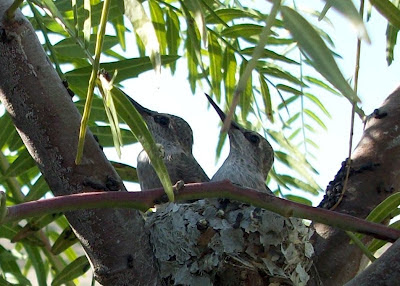The closest stop sign is over a mile away and the first traffic light is 5+ miles down the road. A visit to the grocery store is almost 30 miles round trip. It's quiet here; just the sound of toads and coyotes at night. It seems very still, but when you look close there's always something happening. Read on about a few things we've noticed over the past few years.
Tuesday, May 29, 2012
snake print
This is a snake print I found in some soft dirt. He looks to have been pretty healthy. It's snake season, for sure.
Thursday, May 24, 2012
Lampropeltis getula californiae
AKA: The California King Snake
It was really hard getting the snake to pose for this picture, but I finally convinced him! I caught him crossing the road while on my walk this afternoon. He paused for a second when he saw me and then he quickly slithered off the road. I figured he was some kind of garter or king snake - I had to view a lot of pictures on the internet before I found a picture that looked just like him. I read up on the California King Snake and this is what I found:
When disturbed, California Kingsnakes will often coil their bodies to hide their heads, hiss, and rattle their tails, which, if done in dry vegetation, can produce a sound somewhat resembling that of a rattlesnake's rattle. They are considered harmless to humans, but if handled it is common for this species to bite as well as excrete musk and fecal contents from their cloaca. Kingsnakes shed four to six times per year at which point they go "opaque", meaning the snake's skin becomes dull and its eyes will turn a milky color. Like all snakes, they usually shed in one long piece, which includes their eye scales. Juvenile snakes will shed more frequently, up to once a month, than adult snakes because of their faster rate of growth. The California Kingsnake lays eggs as opposed to giving live birth like some other snakes.
Thursday, May 17, 2012
Thursday, May 10, 2012
Sunday, May 6, 2012
hummingbird babies all grown up
These are the same two babies I had shown on the April 22nd post. Apparently they have no trouble flying because they took off like rockets. Here is their empty nest.
Wednesday, May 2, 2012
These are few of my favorite things
When the dog bites, when the bee stings...when I'm feeling sad.....
I simply watch my favorite things…and then I don’t feel so bad.
Subscribe to:
Comments (Atom)







